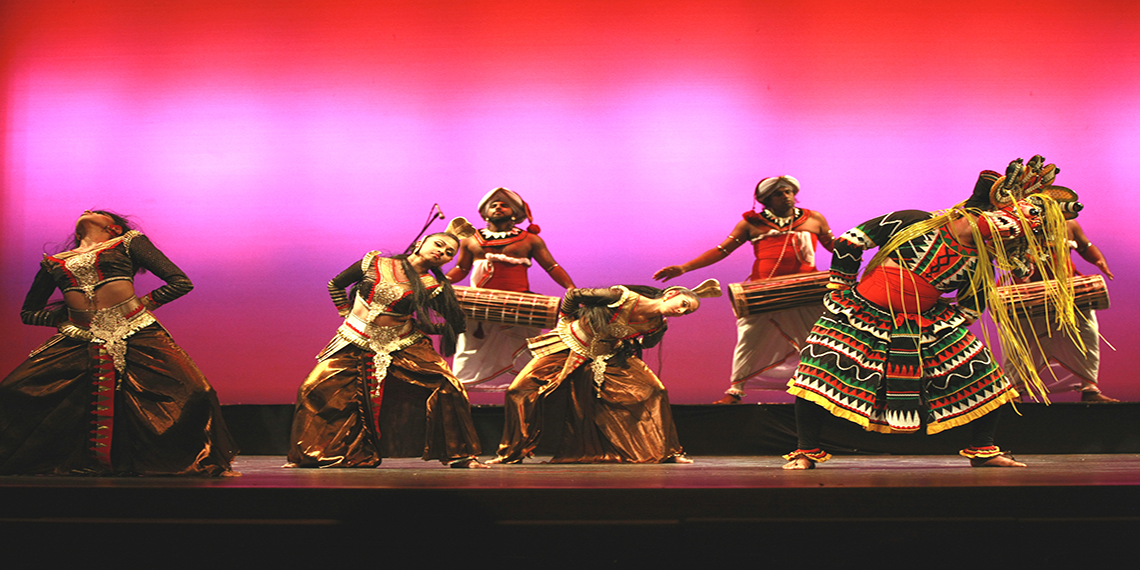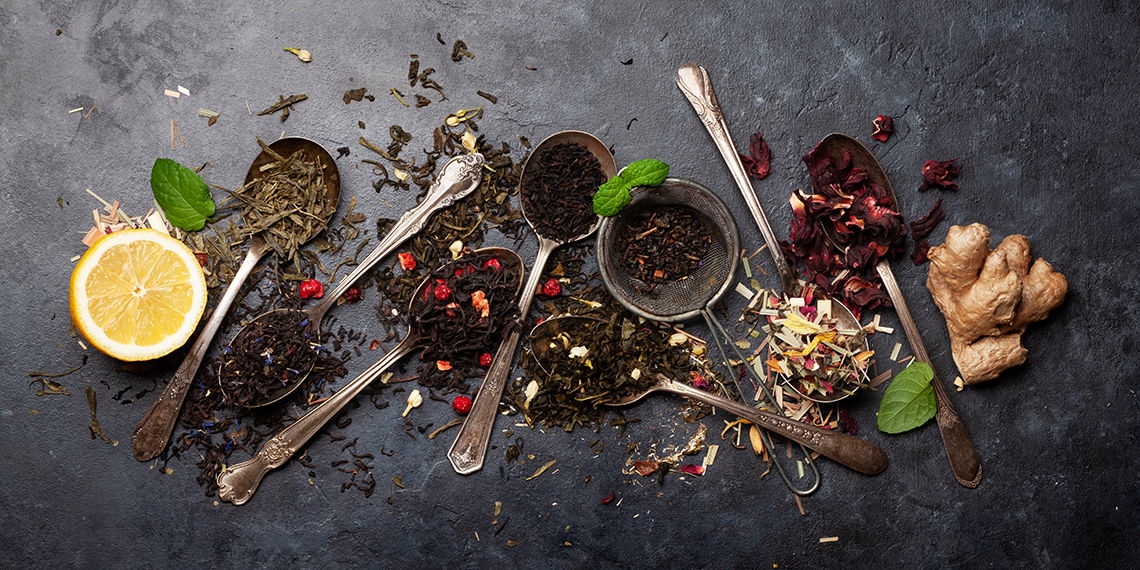There are numerous ways to commemorate Sri Lanka’s rich cultural legacy, but none are as vivid as its musical and dance traditions. Traditional dance and music from the island have been passed down through the generations and are an essential element of Sri Lankan culture. They demonstrate the aesthetic and cultural diversity of the nation.
Sri Lanka'S Traditional Music
Traditional musical genres from Sri Lanka have a long history and are firmly ingrained in the nation’s culture and religion. Complex rhythms and melodies played on a variety of traditional instruments are frequently used to describe the music. Traditional Sri Lankan music utilizes a variety of instruments, some of which include the rabana, Thammattama, and horanawa.
The Kandyan drumming tradition, which is frequently performed during religious rites and cultural festivals, is one well-known type of Sri Lankan music. The gata bera, a two-headed drum played with sticks, and the Thammattama, a big double-headed drum played with the hands, are among the percussion instruments used in the Kandyan drumming ensemble. Complex rhythms and intricate melodies in the music are used to induce a trance-like experience in the listener.
The baila, a form of folk music that was developed in Sri Lanka’s coastal districts, is another well-liked musical genre. The song has a bouncy tempo and frequently has lyrics that describe stories of love, heartbreak, and everyday life. The baila is a significant component of Sri Lankan popular culture and is frequently played at social gatherings like weddings and celebrations.
Sri Lanka'S Traditional Dance
There are numerous traditional dance styles with distinct styles and cultural significance in Sri Lanka. The dances are distinguished by complicated movements and vibrant costumes, and they are frequently performed to the accompaniment of traditional music.
The Kandyan dance is a well-liked dance form that is distinguished by its delicate, leisurely motions and precise footwork. The dancers dress in ornate costumes with ankle bells, a breastplate, and a headpiece. The Kandyan dance is a representation of the island’s rich cultural past and is frequently performed during religious ceremonies and cultural festivals.
The exorcism dance is another well-known style of Sri Lankan dance that is practiced to ward off evil spirits. The dance is distinguished by its frantic movements and ornate costumes, and is frequently accompanied by traditional music. Masks and vibrant costumes worn by the dancers are thought to stave off evil spirits.
The Significance of Music and Dance in Sri Lankan Culture
For millennia, music and dance have been significant parts of Sri Lankan culture. They are frequently employed to convey social, political, and religious statements as well as cultural identity. Sri Lanka’s history, religion, and way of life are all intricately entwined with its music and dance traditions.
Music and dance have traditionally been utilized to convey social and political agendas. For instance, Sri Lankan dancers and musicians used their art to protest foreign hegemony during colonial authority. Similar to how traditional dance and music were used to promote a feeling of national identity and cultural pride during the independence movement.
Religious festivals and rituals place a high value on music and dance. For instance, the Kandyan drumming style is frequently used at Buddhist festivals and is said to aid in fostering a spiritual bond between the performers and the audience.
And finally, in Sri Lankan tradition, music and dance have medicinal and restorative effects. Music and dance are frequently used in traditional medicine and Ayurvedic traditions to foster healing and wellbeing.
The Future of Sri Lanka's Traditional Music and Dance
Despite the long history of Sri Lanka’s traditional music and dance, there are worries regarding their future. Traditional art forms run the risk of being ignored and finally extinguished as younger generations are exposed to more and more Western culture. Nonetheless, there are also initiatives to protect and advance Sri Lankan indigenous music and dance.
One illustration is the yearly event known as the Kandy Esala Perahera, which honors the rich cultural legacy of the nation. The Kandyan drumming tradition and the Kandyan dance are among the traditional music and dance performances of the event. The festival brings in visitors from all over the world and supports Sri Lanka’s traditional arts’ promotion and preservation.
In addition, Sri Lanka is home to a sizable number of institutions and groups devoted to instructing and promoting traditional music and dance. Degree programs in traditional dance and music are available, for instance, at the University of the Visual and Performing Arts in Colombo.
Traditional dance and music from Sri Lanka are an essential component of the nation’s culture and heritage. They are evidence of the island’s aesthetic and cultural richness and have been passed down through the generations. A distinctive and lively art form that is authentically reflective of Sri Lanka is produced by the intricate motions and vibrant costumes of traditional dance mixed with the complex rhythms and melodies of traditional music.
There are initiatives to preserve and promote traditional music and dance in Sri Lanka, despite worries over their future. The nation is attempting to ensure that its traditional music and dance flourish for years to come through festivals, organizations, and educational programs. As a result, Sri Lankan music and dance will always be a significant component of the nation’s culture and a source of national pride for its citizens.











